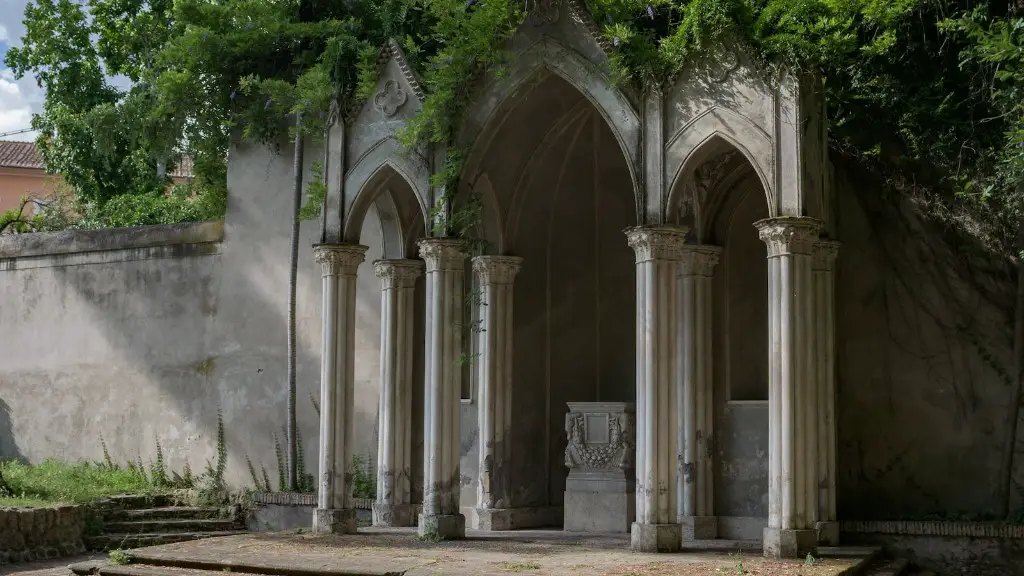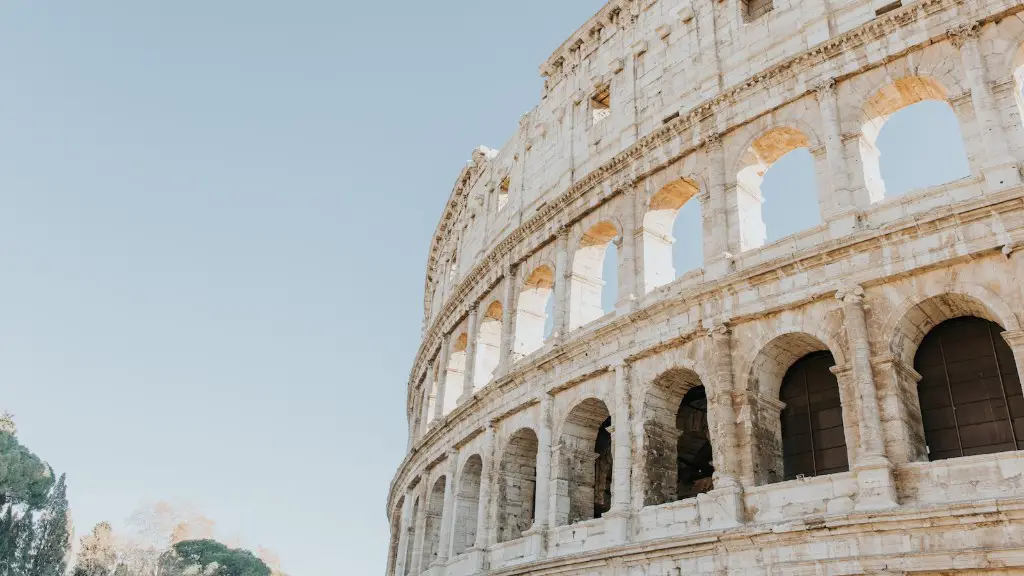If you read ancient history, chances are that you have heard of the Roman roads. For a civilization that lasted as long as the Roman civilization did, it was perhaps one of the most significant advances they made. Not many know what was so significant about the Roman roads and why they were so impressive.
To understand the significance of the Roman roads, you have to first understand the Roman Empire itself. At the time of its height, the Roman Empire extended from the British Isles to Egypt. For the people of that era, travelling by sea was the only option, and even that wasn’t an especially viable one. As such, Roman roads were essential for communication, transportation, and commerce between the different parts of the empire.
The Romans were also highly ambitious. They built roads not only for utility but also for show. They wanted to make a statement about their power and to show the world that they have the ability to build something so grand and imposing.
At their peak, the Roman roads spanned an amazing 50,000 miles. This was an incredibly impressive feat, considering the lack of modern technology. The roads had to be built with nothing more than human muscle power and ingenuity. The roads had to be planned and the terrain had to be carefully surveyed so that the roads could be constructed with the greatest of precision.
The structure of the roads was also carefully considered. The Romans were aware of the fact that roads had to be built to last, so they used a technique known as ‘varying gradations’. This meant that the roads were raised slightly in the middle so that water could drain away from them and the roads wouldn’t become muddy. This is the style of road that is still used in many parts of the world today.
Perhaps the most impressive thing about the Roman roads is their sheer longevity. These roads were built over two thousand years ago and yet, many of them are still standing and in use today. This is a testament to the Romans’ engineering prowess, and a reminder of the Romans’ long-lasting impact on our world.
Rome’s Unique Road Network Structure
Rome had developed and perfected a sophisticated road network not seen before in any other civilization. In this network, roads were classified into four distinct tiers. The top tier, known as the viae regis, was for official travel only. This meant that only royalty, dignitaries and governmental officers were allowed to travel on these roads.
The other tiers of roads decreased in importance, but increased in extent and accessibility. These tiers of roads stretched from the major cities to the most far-flung villages, connecting them all together. This super-network allowed for quick and easy transportation no matter how far one had to go, making it easier for people to trade and travel.
The Romans also constructed roads with an impressive amount of precision. They used a process called metae or milestones that marked the distance that had been covered. This allowed them to plan out roads in a more precise manner, which in turn made it easier to maintain the roads. This was incredibly important, considering the size of the Roman Empire and the fact that the roads had to be able to stand the test of time.
Finally, the Romans also took security into consideration. Apart from having military guards overseeing the roads, they also designed them in such a way that large groups of men could assault any intruder. Mile castles, which were essentially fortified towers, were built to keep watch on the roads and have been found in many parts of the Roman Empire.
Roads as Support in Military Expeditions
Romans used roads not only for trade and travel, but also for military expeditions. The roads not only reduced the time taken for an expedition, but also ensured the safety of their troops.
Apart from the well-known Roman roads, the Romans also built temporary roads that could be used in wartime. This allowed them to move their troops quickly and with ease. They were also known to build bridges over un-crossable rivers, to enable a continuous movement of troops.
The roads were also used to great effect in siege warfare. The Romans would often build roads around the fortifications of their enemies, making it extremely difficult for their enemies to supply themselves and making their eventual downfall all the more certain.
By far the greatest use of Roman roads was in Julius Caesar’s conquests of Britain and Gaul. Caesar used the roads to great effect to move his troops around quickly, meaning he could easily launch surprise attacks on his enemies. By having access to the roads, Caesar was able to gain an enormous military advantage.
The impact of the Roman roads on military expeditions is undeniable. They allowed the Romans to control large swathes of land by facilitating quick and easy movement of their troops. It was this control that brought them their eventual supremacy.
Roads for Tribute and Tax Collection
The Roman roads also served an important purpose in helping the Romans to collect taxes and tribute from the lands they conquered. This was an important source of income for the Roman Empire, and one that was heavily reliant on the roads.
The roads were used to facilitate the movement of goods and resources between the different parts of the empire. An extensive road network ensured that taxes and tribute could be collected and sent back to Rome quickly and efficiently. This was especially important in the vast reaches of the empire where resources were scarce.
The roads were also used to allow Roman officials to travel quickly to different parts of the empire. This allowed them to keep a tight control on the local populations so that they could be sure that the taxes were being collected. Without the roads, the Romans would have been unable to keep such tight control over their empire.
In addition, the roads also meant that resources could be transported quickly to where they were needed. This allowed for resources to be shared amongst the different parts of the empire, facilitating a more efficient and productive economy.
Roman Roads And Modern Infrastructure
The Roman roads are a reminder of the Romans’ ingenuity and engineering prowess. Not only are they still in use even after two thousand years, but they were instrumental in building the foundations of the modern infrastructure that we use today.
The Romans were the first civilization to understand the importance of having a well-maintained and efficient road network. This not only allowed for easier transportation and trade, but it also allowed for quicker military movements, and more efficient collecting of taxes.
The Romans were also highly ambitious in their engineering projects, creating roads that stretched on for miles and miles and covering difficult terrain. This ambition and perseverance has enabled their roads to remain intact and in use even till this day.
Some of the techniques that the Romans employed to construct their roads, such as varying gradations, are still used in modern road construction. In fact, many roads in the present day are based on the Roman road network, or built on top of existing Roman roads. This is a testament to the incredible structure and design of the Roman roads.
Roman Roads As Cultural Significances
The Roman roads were not only technologically impressive, but they were also of great symbolic value. They were seen as physical manifestations of the power and grandeur of the Roman Empire.
For example, the Appian Way was the original main road that connected Rome to the rest of Italy. It was highly impressive in its own right, but it was also famously known as ‘the Queen of Roads’. It was a symbol that the Romans used to show the world what they were capable of creating. They also built roads to reach out to far-off cities to show that the Roman Empire was spread far and wide.
The roads were also used by the Romans to connect their religious sites to the rest of their cities. This allowed them to easily transport religious objects and goods to other parts of the empire, thus symbolically connecting the disparate parts of their empire.
The Romans’ influence on the world can still be seen in the modern world. Many roads are based on the style and design of the Roman roads and many of them are still in use. The legacy of the Roman roads is inextricably linked to the legacy of the Roman Empire itself.
Conclusion
The Roman roads are a reminder of the engineering prowess of the Roman Empire. They were essential in facilitating transportation and commerce, but also served many other purposes, such as military expeditions and tax collection. The Romans were highly ambitious in their projects, building roads that spanned many miles and remained intact for centuries. The legacy of the Roman roads is still seen in the modern world, and their importance is undeniable.





